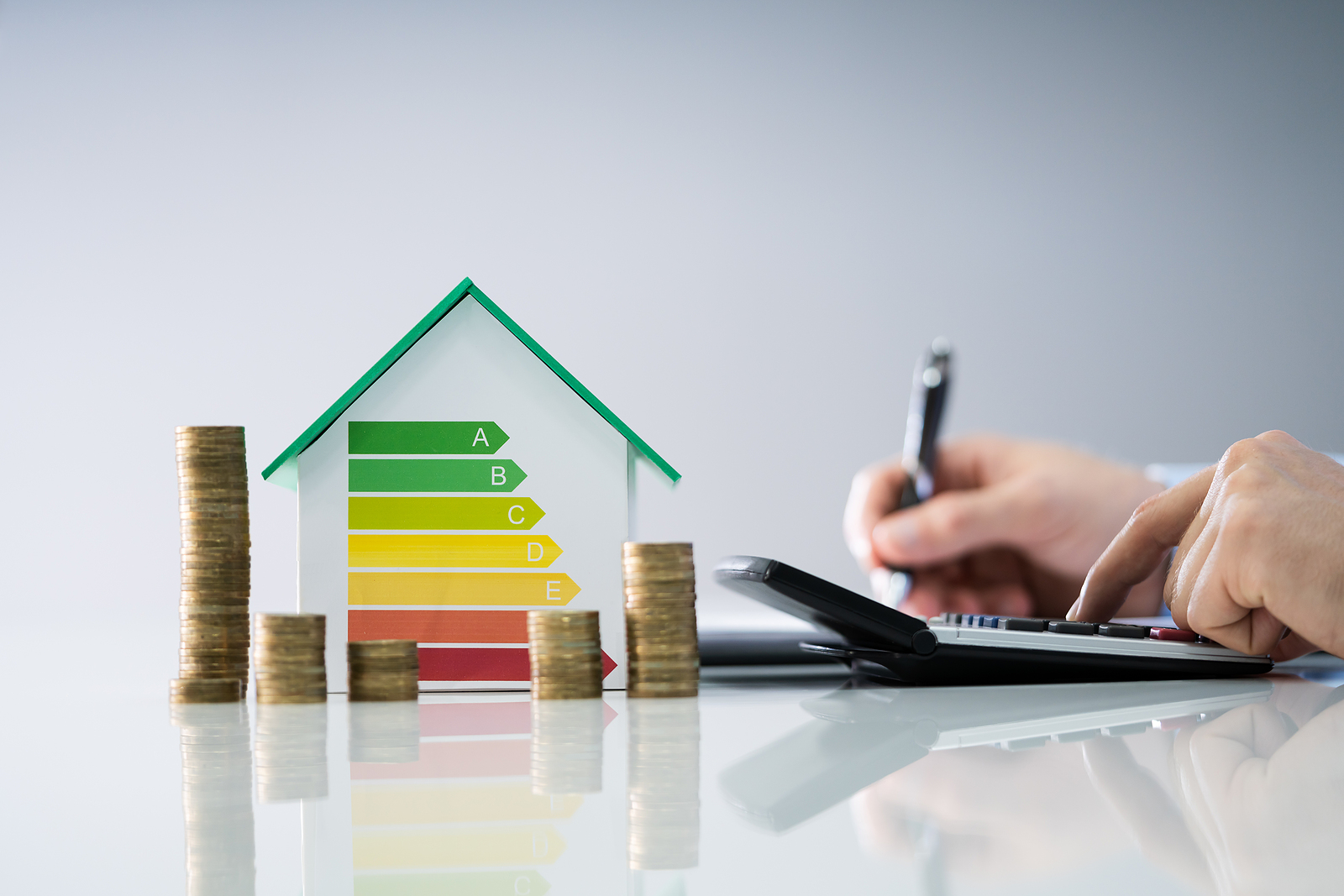Energy Science
R-Values
Although the importance of insulation in energy efficiency is well known, insulation tends to be a building product that consumers know little about, but directly affects their lifestyles. Many times the connection of insulation to someone's unhappiness with their home's efficiency or well being is overlooked. Insulation is generally only 1-2%, or even less of the total cost to build a home, but it directly affects the costs to live in that home for years to come.
Everyone knows about recommended insulation R-values - the resistance to heat transfer. But few stop to consider the whole story is. R-values are measured under ideal circumstances without the exceptions and details that are so much a part of modern building construction. Windows, doors, dormers, utility entrances, overhangs, sunrooms, and decks make it virtually impossible to seal the building envelope against air migration through the house. In addition, plumbing, wiring, and heating services within the outside wall and throughout the house virtually guarantee that conventional insulation methods will not prevent the in-wall convection currents that reduce actual R-value to a fraction of the theoretical rating. Even if great care is taken with the installation of "economy" insulation types, they are subject to deterioration, movement, and settling as the building surfaces expand and contract.
Spray Foam expands up to 100 times when it is sprayed into place - sealing holes, cracks, rough-in openings, perimeter joists, and other areas that conventional methods can't touch. Then, spray foam stays in place. It flexes with the building, maintains its seal, and keeps its shape so that the "R-value" remains true for the life of the building.






